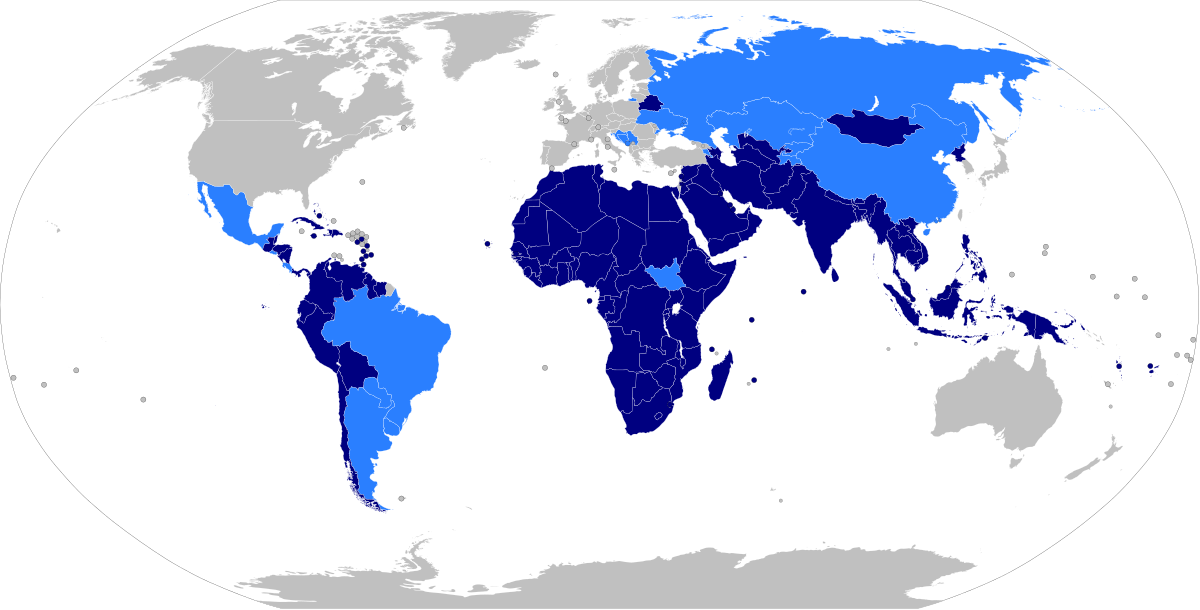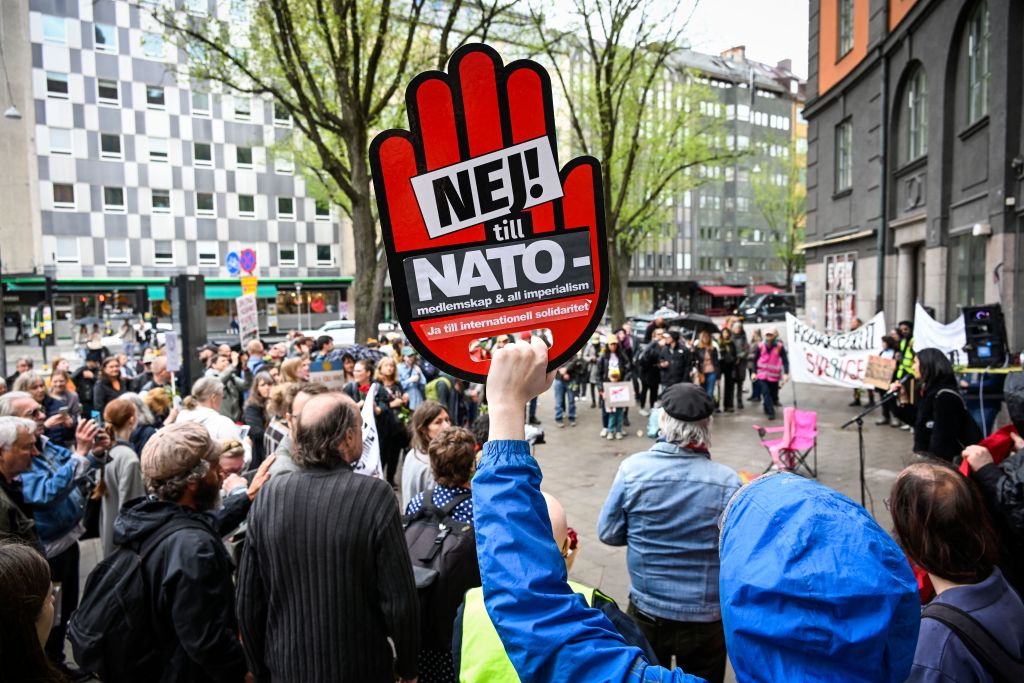Singapore is officially, non-aligned. It officially joined the non-aligned movement in 1970.
NAM and G77

www.mfa.gov.sg

en.wikipedia.org
The Economist Intelligence Unit

country.eiu.com
Critics of geopolitical non-alignment have long characterised it as a flawed and doomed policy, and in the wake of Russia’s invasion of Ukraine, non-alignment is rapidly falling out of favour. After all, Ukraine was invaded ...

www.aspistrategist.org.au
Singapore isn't an allied nation.
They are certainly west friendly. But that is different to being allied to the West.
Purchasing items from a country doesn't make it allied to that country. China isn't allied with Australia because it buys iron ore from Australia. The US wasn't allied with the Soviet Union when it was buying titanium from them during the cold war. Ukraine operates a lot of Russian and soviet military gear, it doesn't mean they are aligned with Russia. India buys a lot of Russian military gear, it doesn't mean they are aligned with Russia.
The FPDA is not a military treaty of alliance.
This is why NATO doesn't work in Asia, particularly south East Asia. Just because your not a member of NATO or have a US military alliance doesn't mean you are the enemy. Singapore is a classic example of that. This polarized view of the world is damaging to international relations.
The fact that un-aligned Singapore can buy F-35's but aligned Turkey can't should explain that the world isn't black and white.





